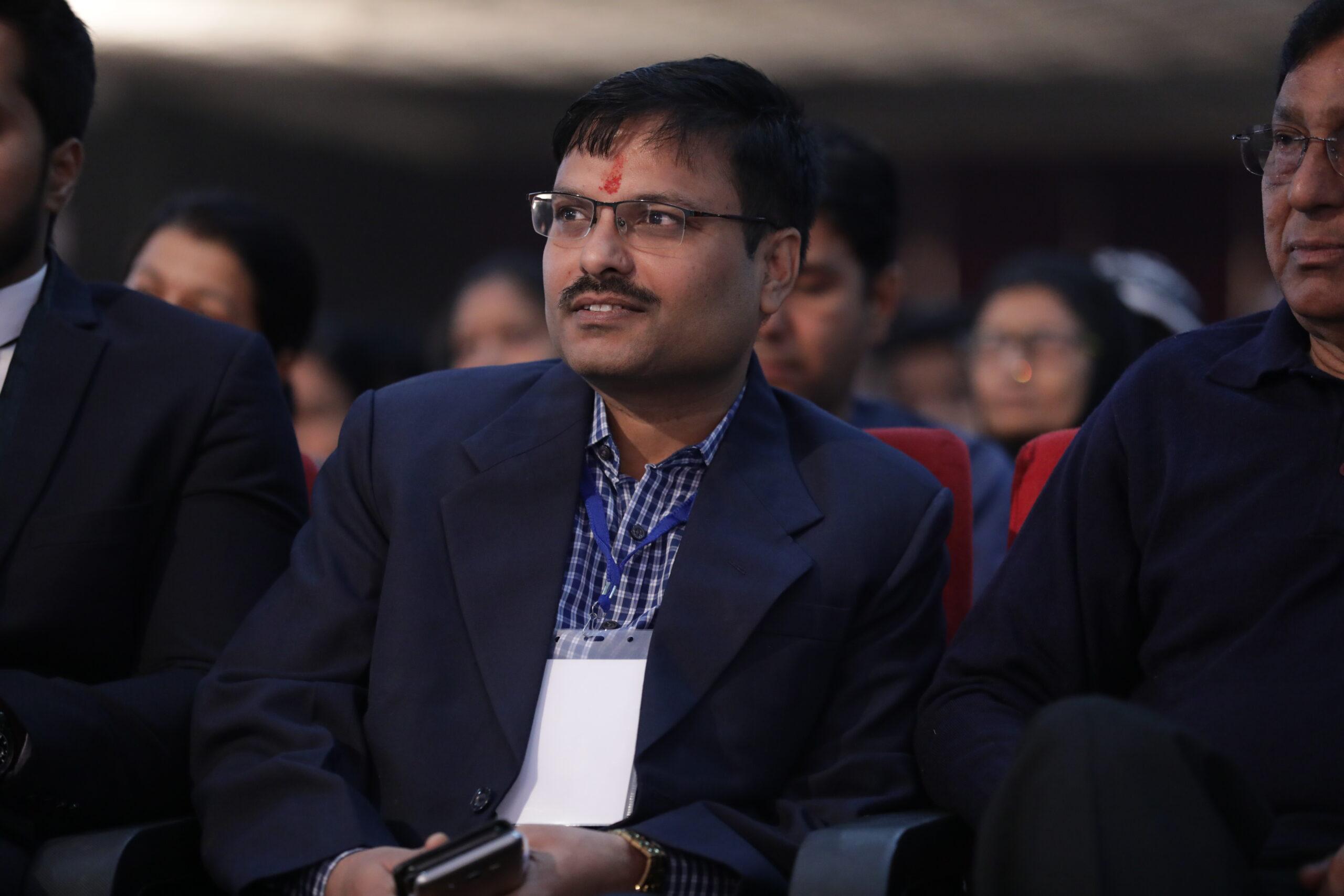Children who are born with cerebral palsy have a challenging life. However, the ambulatory prognosis of children with CP remains a significant issue for both the doctors and the parents. So, the most frequently asked question by the parents here is whether the child will ever be able to work. Different studies have examined prognostic criteria for ambulation in children with CP. Although cerebral palsy prognosis is not always the best remedy for identifying the concerns, it can help in some way. However, a timely visit to specialized professionals is required for the best treatment.
Understanding ambulatory capacity and cerebral palsy
As a parent, once you get a cerebral palsy diagnosis of your child, things are going to change a lot. You will have a lot of questions in your mind, like whether your child will maintain their ambulatory capacity or not. Will they be able to work or not? There have been several studies that have shown that a relatively large proportion of ambulating children with CP have lost ambulatory capacity, or deteriorated their ambulatory capability as they grow up. Now, there have to be two reasons behind it: physiological burnout syndrome and joint deterioration.
Early identification of ambulatory prognosis and understanding of factors that influence the maintenance of ambulatory capacity help plan realistic goals. This works exceptionally well when the cerebral palsy prognosis of ambulatory capacity is likely to be pure. Thus, this makes more effective use of therapeutic resources and allows the development of an appropriate treatment plan that will help prevent the loss of ambulatory capacity and other cases.
Early ambulatory prognosis
There are a lot of factors that influence the achievement or non-achievement of ambulatory capacity.
- Primitive reflexes and postural reaction
It was identified that postural reactions and primitive reflexes are the most common reasons behind achieving ambulatory capacity. Multiple studies have considered other factors as well. However, there is no general agreement as to which factors might influence the achievement of independent walking.
However, it is essential to add a few comments here that there are two suggestions. First, the analysis of primitive reflexes can help diagnose the presence of any neurological disorder. However, the judgment of persistence and the stereotype of reflexes are still conditioned. The behavior of the infant or the child also depends on the subjective examiner’s evaluation. Secondly, there is a considerable variation in beliefs about who may be able to walk. Although the analysis might not be helpful enough to indicate a walking prognosis, it’s essential to recognize all the approaches during the prognosis to curate a suitable treatment plan for help.
- Gross motor patterns
Another important group of factors significantly influencing ambulatory capacity achievement is gross motor patterns. There have been many discussions about the age at which gross motor patterns are achieved. This age determines the likelihood of any subsequent non-achievement or achievement of ambulatory capacity. Independent walking before the age of 3 years, did have a greater chance of prolonged independent walking. It is also crucial in determining the longer-term maintenance of ambulatory capacity in adulthood and adolescence.
In simple words, the age at which gait patterns are achieved is an essential prognosis factor for maintaining and achieving ambulatory capacity.
Maintenance of ambulatory capacity
Certain factors majorly impact the maintenance of ambulatory capacity and independent walking in adulthood. So, let’s explore them.
- Joint deterioration
Studies have revealed two distinct groups of people who suffer from CP: those who have lost independent walking and those for whom walking has become inefficient. Some lost it at a young age, about 25 years, and those who lost it later on in life, after 45 years. In this case, about 75% belong to the first group. The main reason is that the second group gave up walking because of joint pain.
The participants here who have less severe motor involvement use compensatory mechanisms to achieve a safe and independent walking scheme. Unfortunately, these mechanisms can themselves cause loss of function because of distorted or extensive use of certain joints, which will, with time, cause damage and pain.
- Psychological and physiological problems
These issues can also be a significant reason for the loss of independent walking in the first group. Studies have shown physiological burnout as a primary reason for the concern. An imbalance between physiological resources and environmental demands can cause significant trouble. This physiological burnout concept might help explain why some adults with CP to lose independent walking. This happens because independent wolk requires a lot of neuromotor and physiological control. Those who have lost it during early childhood require considerable effort to work at their optimum level.
There is also a phenomenon known as the ‘cado-cado’ (‘I’m falling, I’m falling’) syndrome. This refers to the fear of postural instability and stress, which is evident when an individual with CP has to perform activities for which reasonable balance is required.
So, it is clear that one of the three factors that have been shown to impact the achievement of the ambulatory facility are primitive reflexes, gross motor patterns, and Cerebral palsy types. Gross motor patterns are the most significant and practical in outlining reliable cerebral palsy prognosis. Specific motor patterns and the age at which they are achieved are crucial for developing and non-development independent walking. They are essential in defining prognosis. So, it’s important to have clear-cut communication with the doctor to understand things in detail. After all, this is the only way one will be able to understand how things can get better and that the child can have a better quality of life for Cp child.
Conclusion
Cerebral palsy prognosis at an early age is vital in identifying the concerns or issues that can happen later in life. This way, the doctors will be able to come up with a customized treatment plan that works well for the child. Now, if you are looking for great support, you should definitely contact the Trishla Foundation. They have specialized skilled professionals who understand the intricacy of the medical condition. They will be able to provide your child with the timely assistance and care he requires to see better change and management. Their experts are all skilled and will be able to provide your child with the best treatment possible.







